7-Day Lombardy Itinerary in Northern Italy (Road Trip or Train)
Of the countless times I’ve been lucky enough to visit Italy, this epic road trip with friends was one of the most...
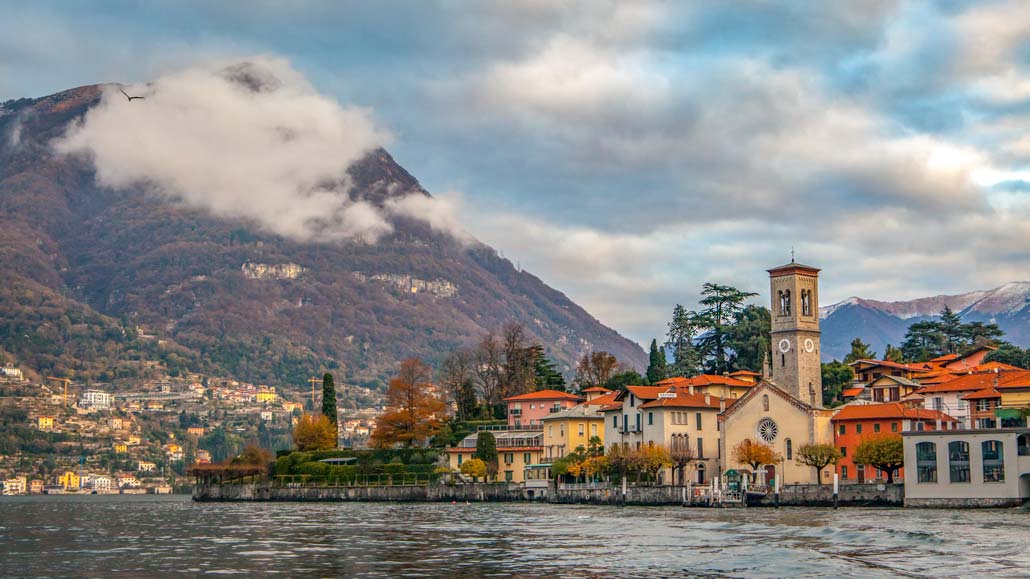
Of the countless times I’ve been lucky enough to visit Italy, this epic road trip with friends was one of the most...
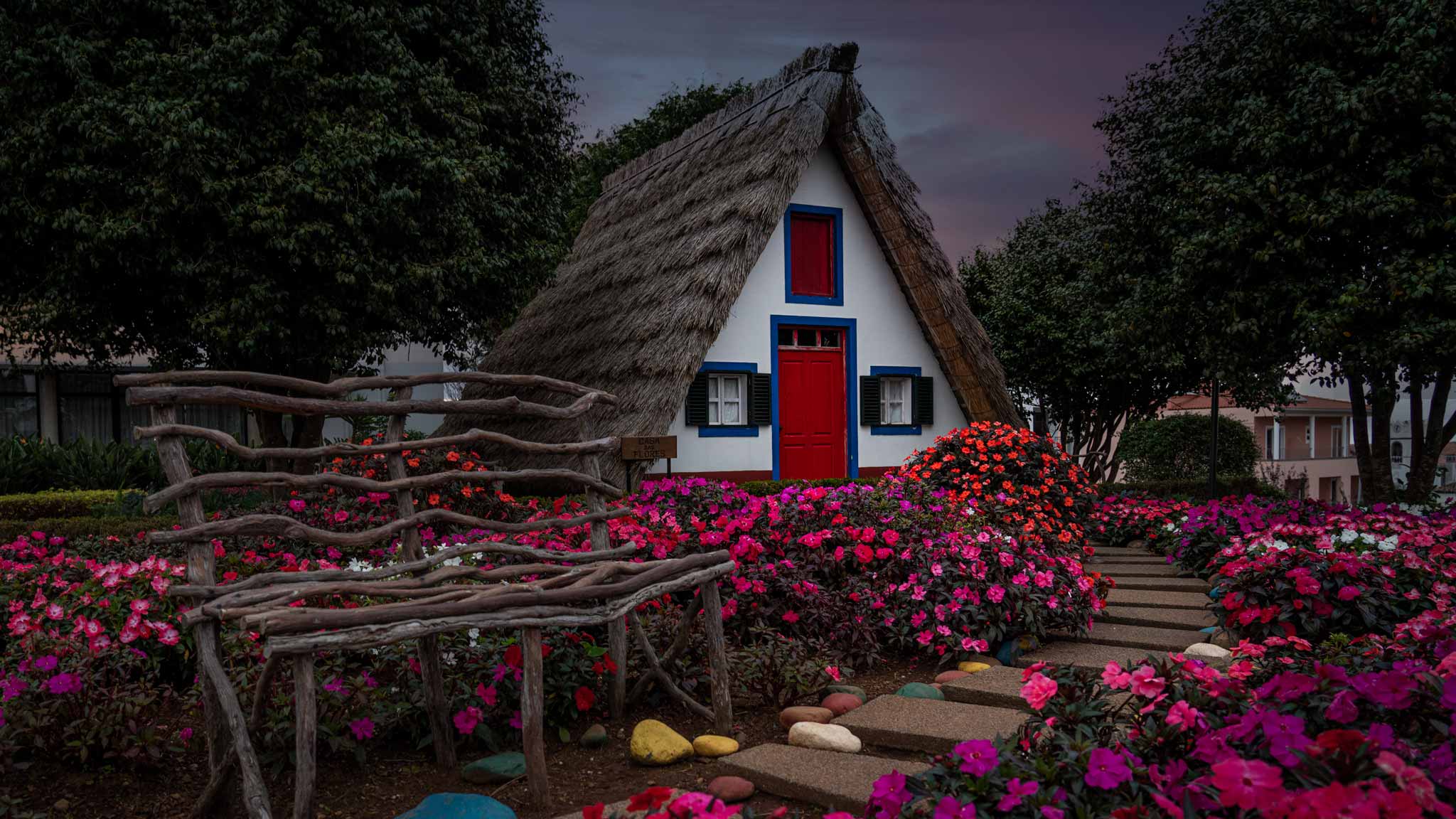
Nearly four years after moving to Portugal, my feet finally set foot on the rugged, volcanic island of Madeira. Over the...
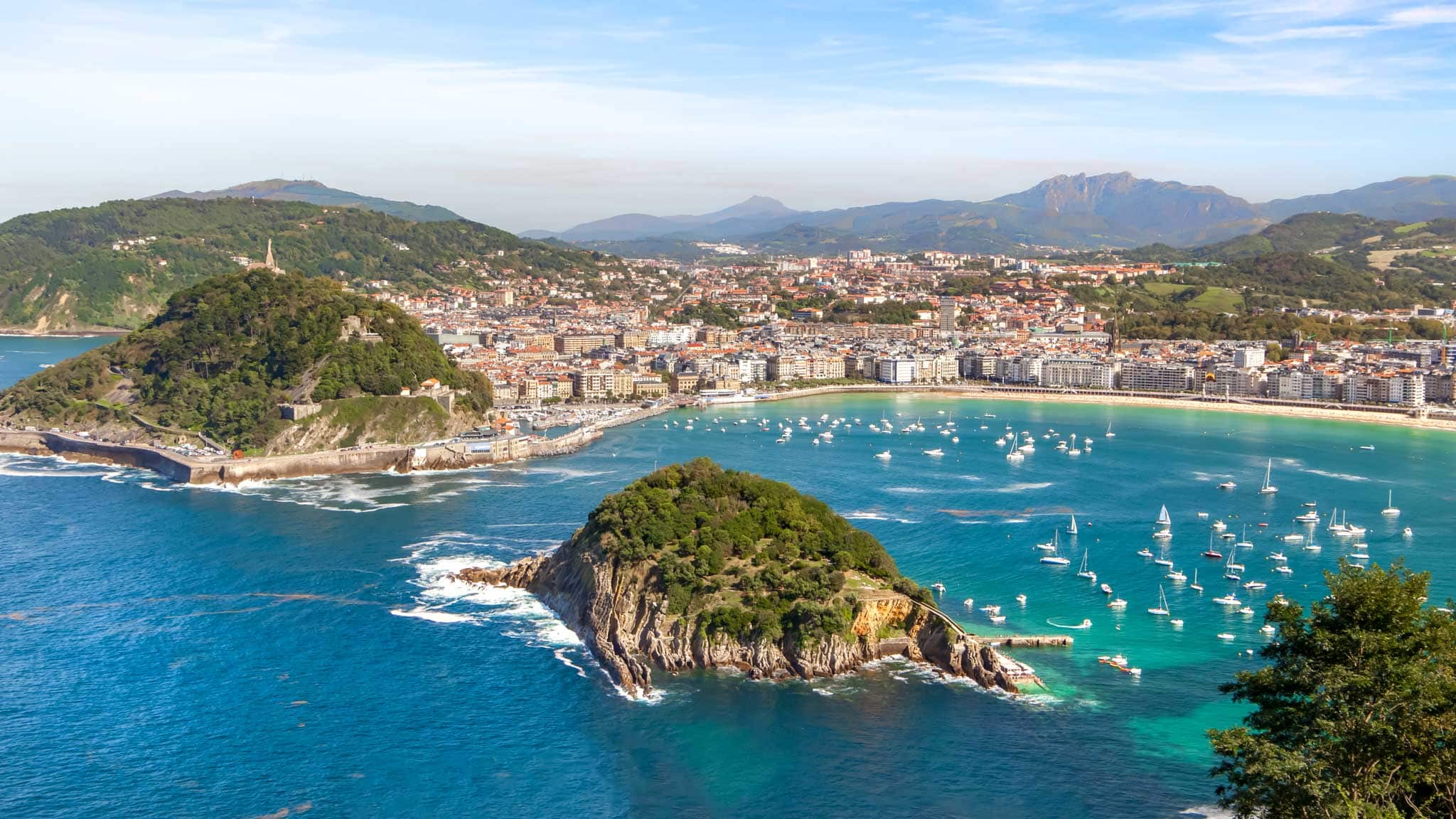
Living in Portugal, I’ve always taken for granted that a short drive will deliver me to the cities, mountains, beaches...
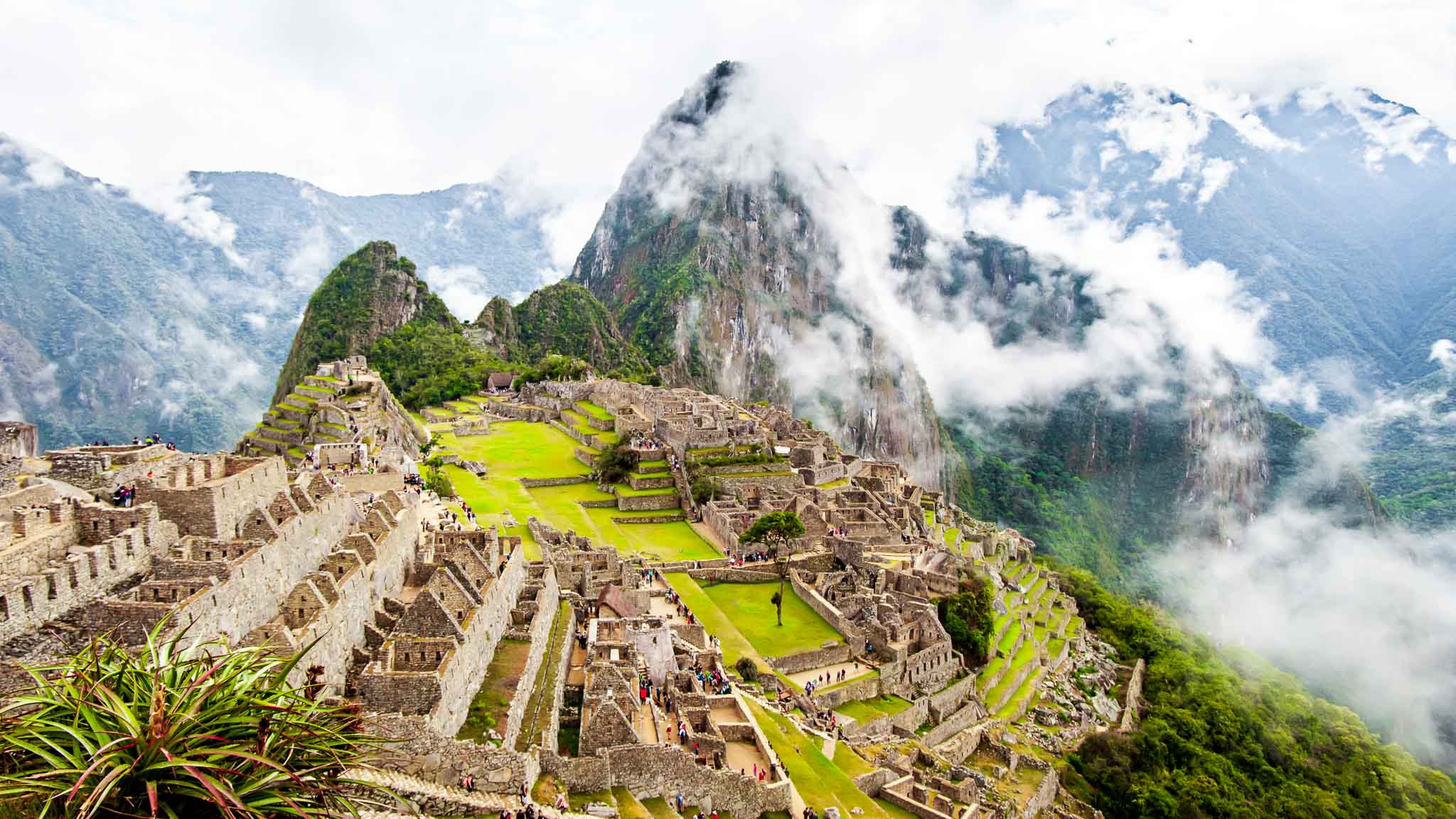
Relaxing on a beach, cocktail in hand, or zip-wiring through a rainforest? When it comes to honeymoons, there is no perfect...
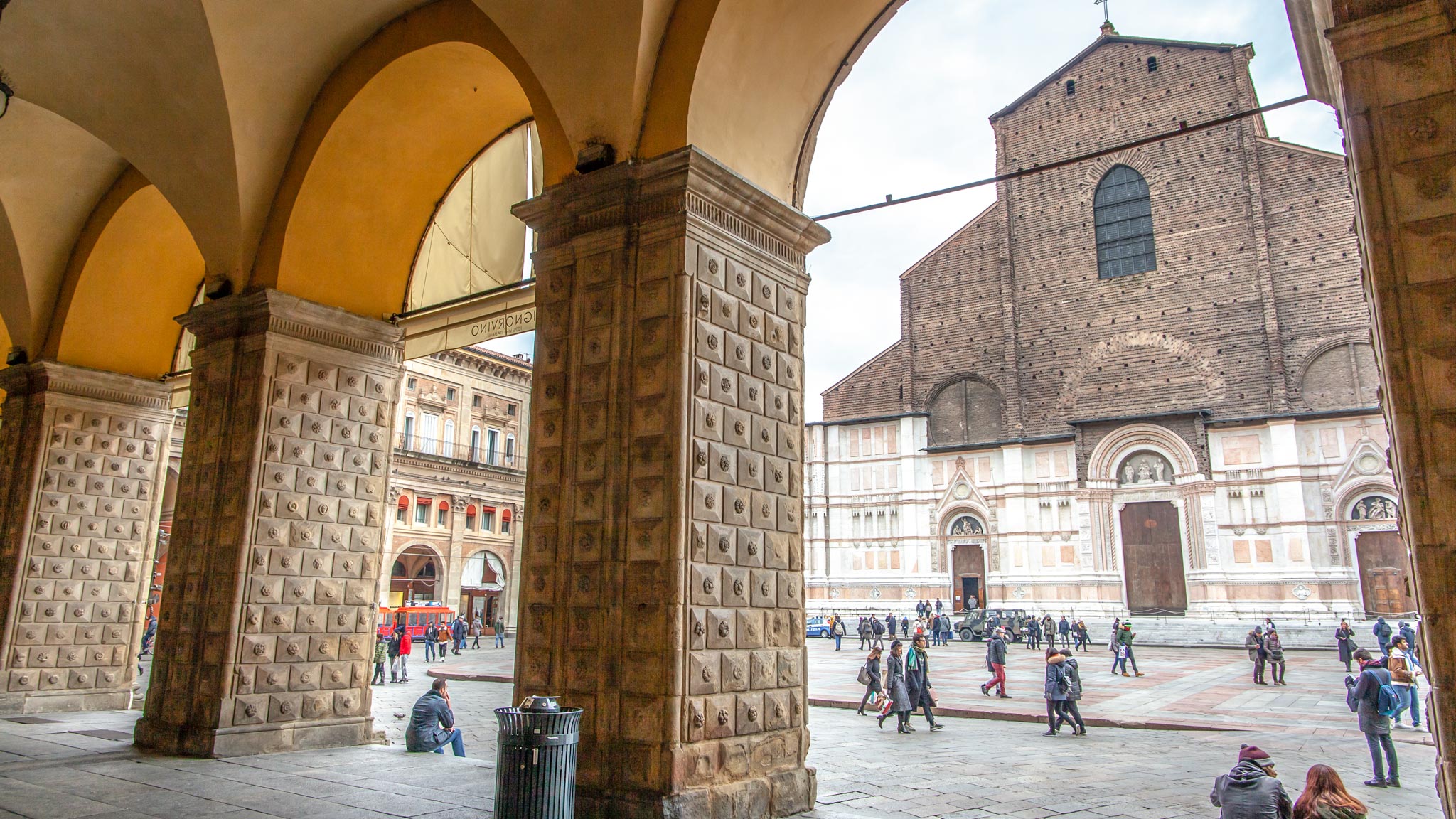
Dedicated to Silvia: The star of Bologna and now a star in the sky x ‘‘A little bit of a bread, a little bit of...
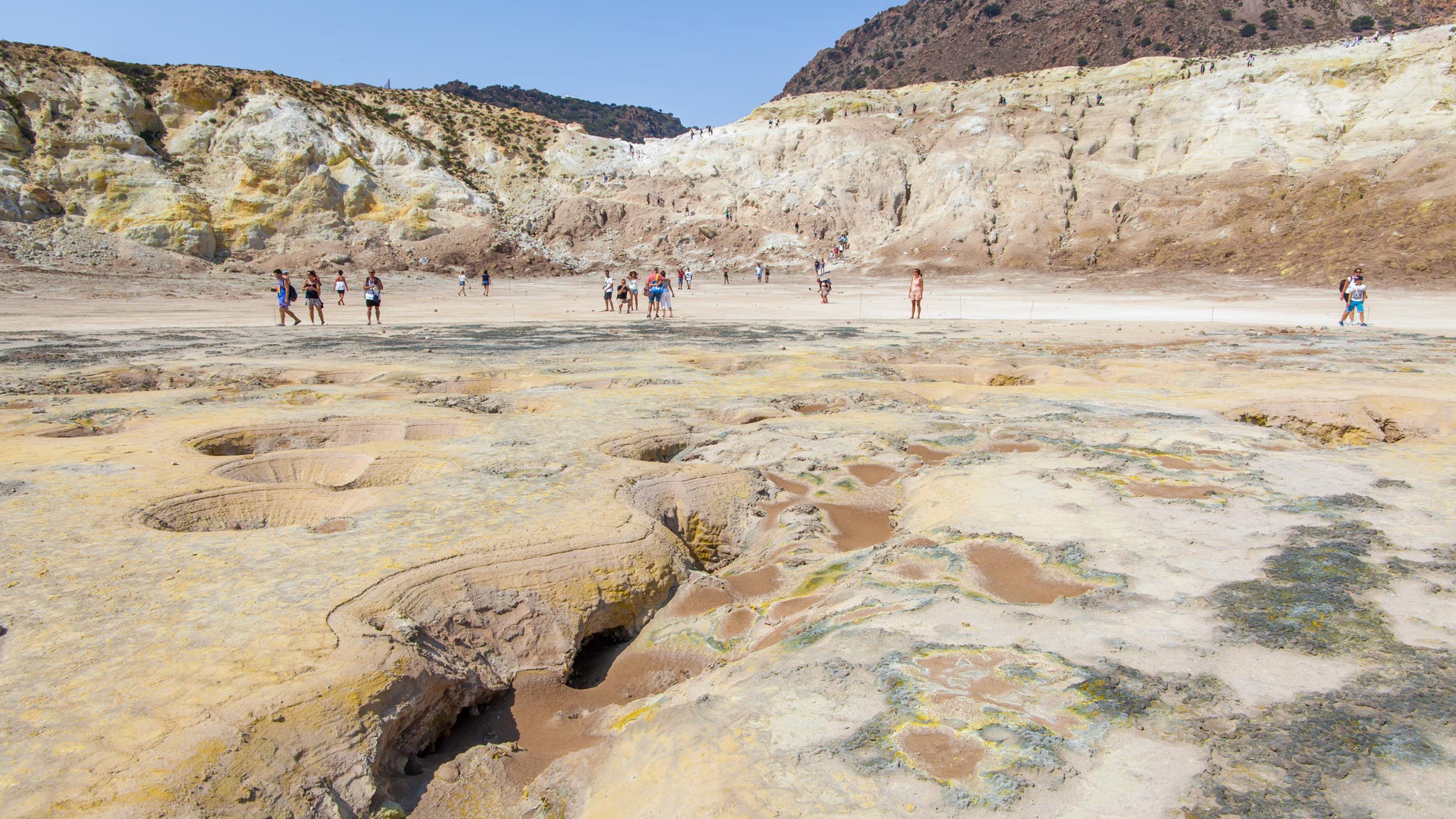
The volcanic island of Nisyros in Greece was one of my most unexpected and unplanned trips of the year. I didn’t even...
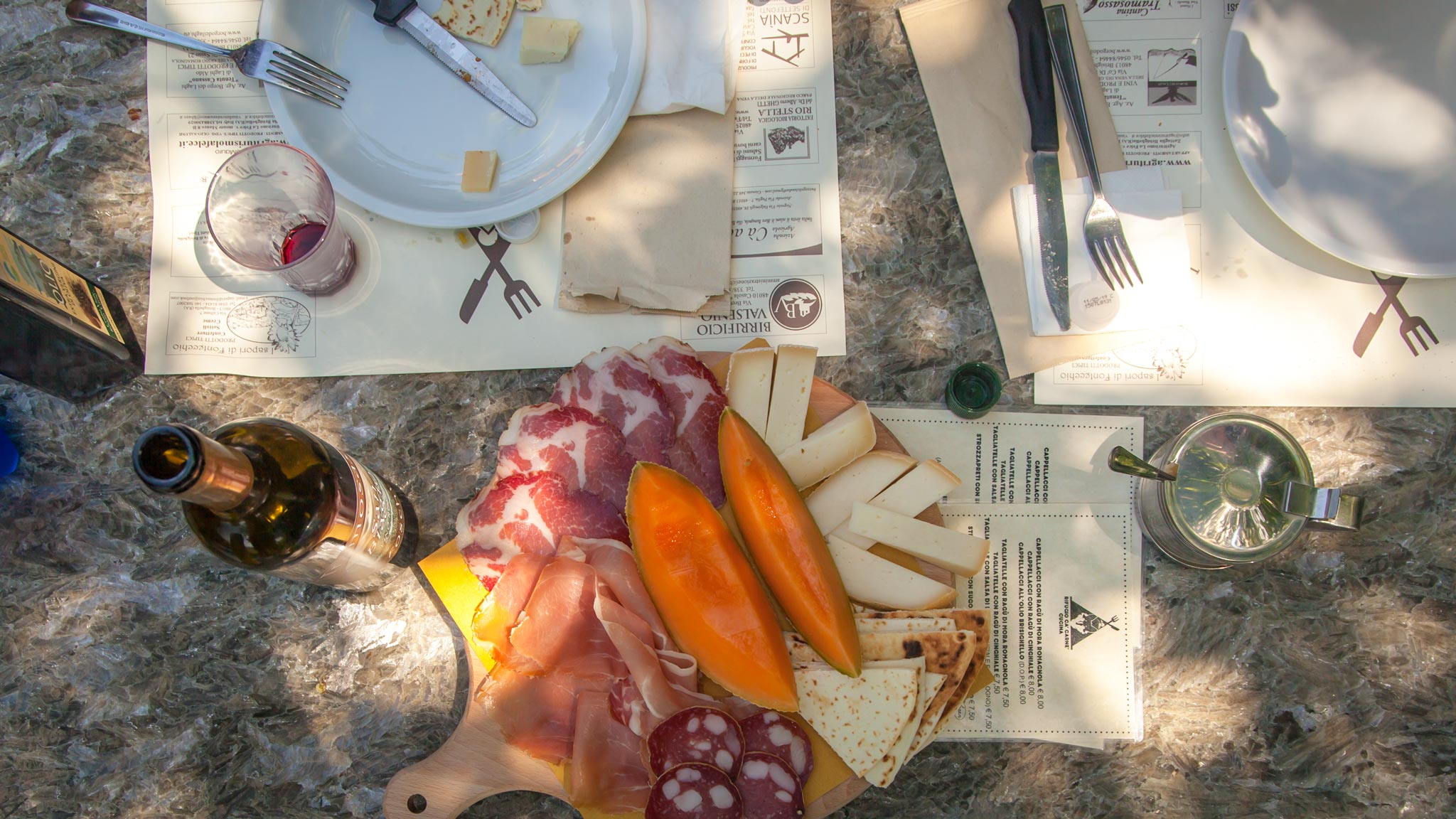
Italy’s food scene is (deservedly) celebrated the world over, and the best Italian experiences often start and end at the...

Nestled between the regions of Andalusia and Valencia, the Region of Murcia in Spain has somehow managed to stay under the...
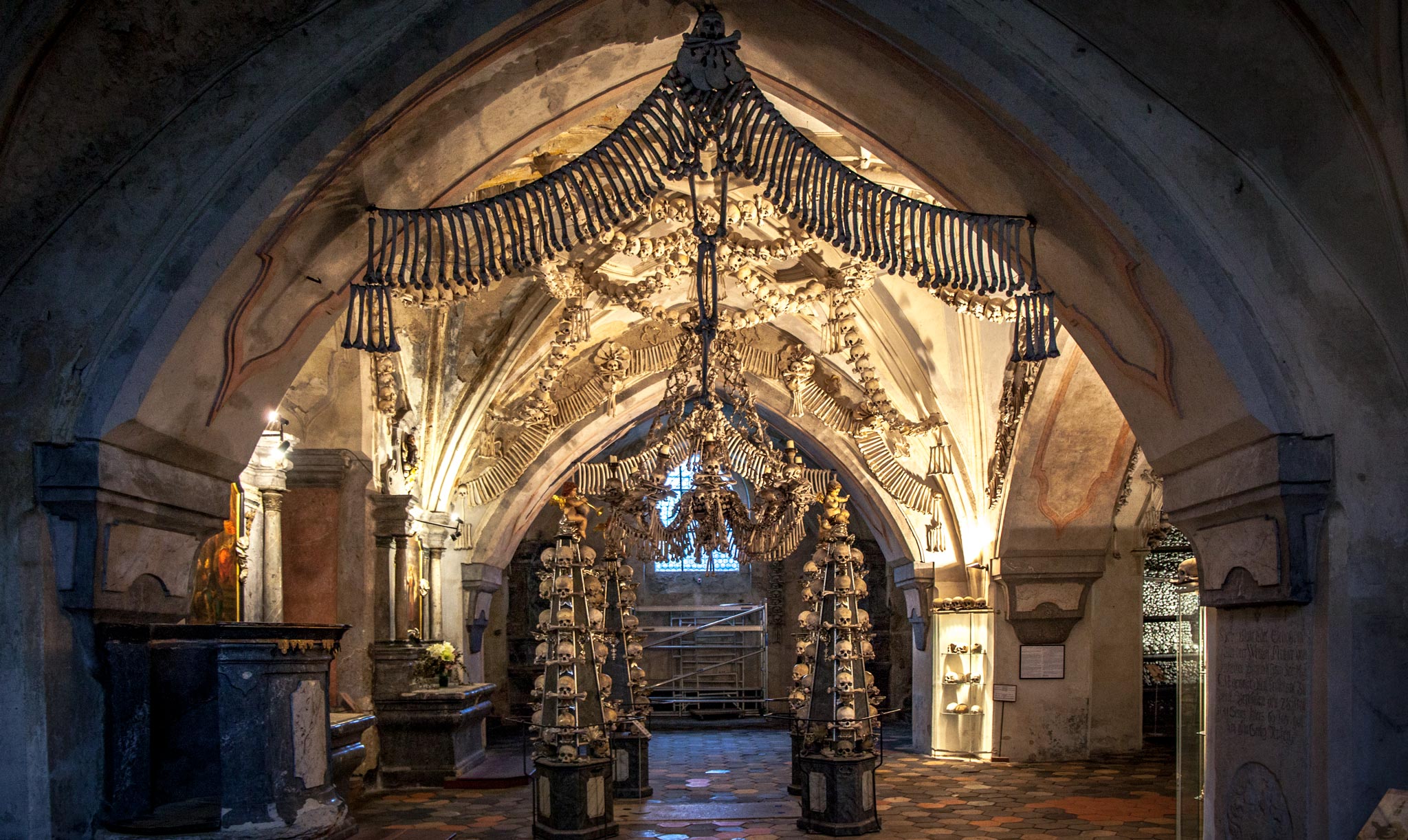
Central Bohemia is a land that sounds equally charming and cryptic. A region rich in castles, hauntingly beautiful...
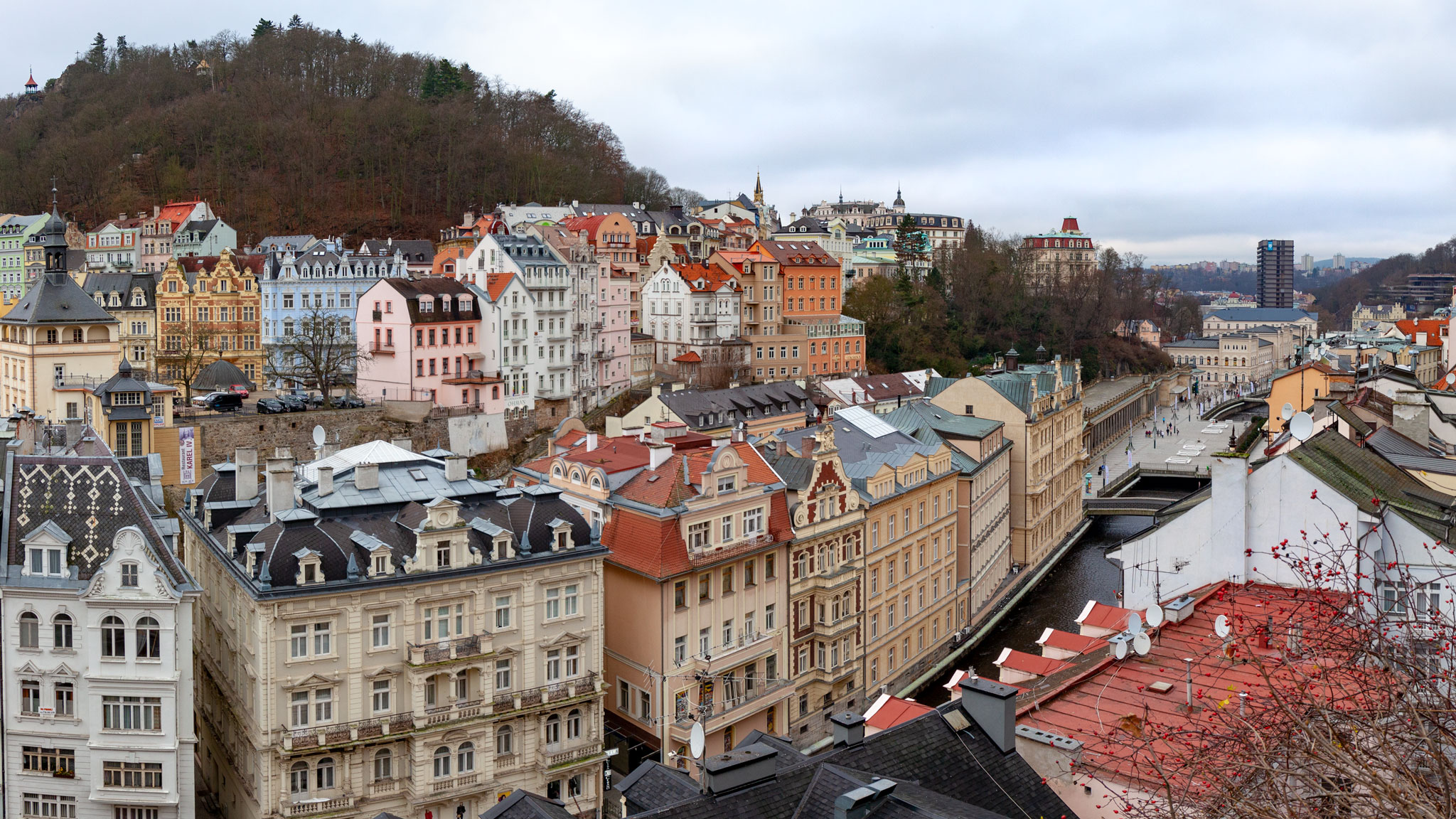
Like a child let loose in their first toy shop, the novelty of wandering around Karlovy Vary, armed with a porcelain mug in...
